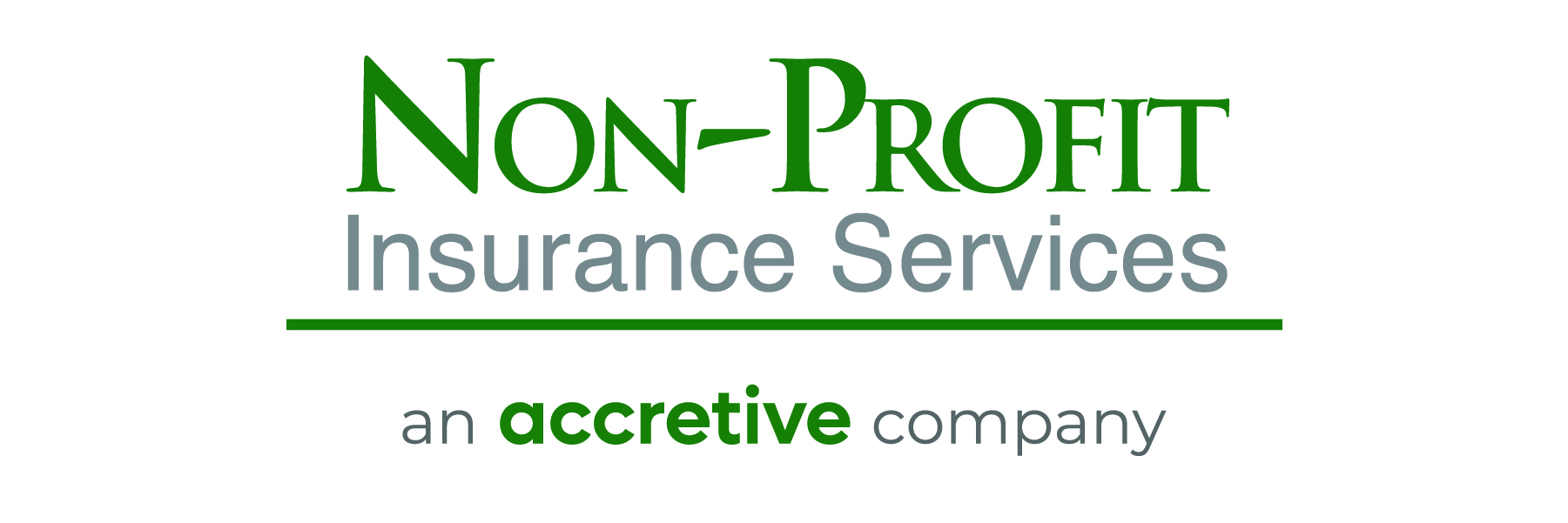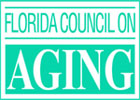A mission statement often guides the brand, programmatic offerings, strategic long-term decisions, and even funding opportunities for an organization. Something so brief can be such a powerful driver of action because it ties almost everything back to your “why,” surfacing and conveying your organization’s core values. Then, it’s vindicated by the actions you take to live these words.
The same is true for a personal mission statement, sometimes referred to as a purpose statement. A personal mission statement can help you better infuse your core values into the nonprofit work you do, and stay inspired to deliver your best work every day.
Below, we dig into what a personal mission statement might look like and why it’s important. Then, we’ll walk you through a detailed exercise for how you can create one today.
What Does a Personal Mission Statement Look Like?
A mission statement is action-oriented, describes why an organization exists, and who the organization exists to serve. This 1 to 2 sentence summary is held by almost all organizations, from Fortune 500 Companies like Walmart and Apple to nonprofit organizations and government municipalities.
However, your personal mission statement isn’t always set in stone and should evolve over time to stay relevant. For example, Facebook’s mission statement has been tweaked at least nine times since the company was founded in 2004. Here are just a few versions:
The initial 2004 mission statement was for Harvard use only:
“Thefacebook is an online directory that connects people through social networks at colleges.”
In 2009, and several versions of the platform later, Facebook provided news coverage, games, and many more features beyond just a social platform:
“Facebook gives people the power to share and make the world more open and connected.”
The company’s current mission statement was released in 2017, as founder Mark Zuckerburg states, to actively seek to make positive contributions to society.
“Give people the power to build community and bring the world closer together.”
In the spirit of embracing the evolution of self and values, a personal mission statement should likewise change as you learn and grow as a person. However, instead of answering existential questions like “Why do I exist?” and “What is my purpose?” a personal mission statement is more directly focused on your values and how they show up in the work with which you engage.
In many ways, the reasons an organization has a mission statement are the same for why people do. This statement has the power to hold you accountable and check that you’re doing work that aligns with your values and goals.
The statement becomes your front-line talking point and elevator pitch, making it easier for you to quickly convey your message and connect with others. It can live in your head, on your LinkedIn bio, or at the top of a resume. Finally, it should seek to answer the following questions:
Why Are You Here?
In this context, “here” refers to the sector you work in, the organization you’re applying for, or another specific space you show up in. The statement should illustrate your passions and how your life or work experiences brought you to the work you’re doing. What motivates you to get out of bed in the morning? What problems in the world are you committed to working against?
Who Do You Serve?
Try to define the specific customer or community you work with. This is especially critical for mission statements of both nonprofit organizations and their employees because it helps to prioritize resources for beneficiaries who need them the most.
For example, the mission of Southern Poverty Law Center—a litigation, education, and advocacy nonprofit—is to “. . . fight hate and bigotry and to seek justice for the most vulnerable members of our society.”
An example of a personal mission statement is Amanda Steinberg’s, founder of a financial media platform for women. Her purpose is to “. . . use my gifts of intelligence, charisma, and serial optimism to cultivate the self-worth and net-worth of women around the world.”
These examples explicitly call out the community that the organization or person seeks to serve. By doing so, it becomes clear to stakeholders where resources are going, and it makes it easier for the organization or person to stay aligned with their mission.
How Do You Serve Them?
An answer to this question must be kept concise in order to be memorable and repeatable. Further, it’s important for people from all walks of nonprofit life to be able to remember what you do and join you in the fight.
Answering these questions requires deep self-reflection and assessment, and helps inform how you show up at work and stay motivated. This is particularly essential when you work at a nonprofit and you may have too much work on your plate or your work requires emotional labor.
How a Personal Statement Helps Your Organization
The nonprofit sector can be just as challenging as it can be rewarding, and it’s possible that you sometimes feel defeated or hopeless in your work—especially if it doesn’t align with your core values or the community you’re interested in serving. Having a clear idea of your personal mission allows you to make informed decisions about the work you get involved with. This clarity and control of self fuel your motivation to persevere and can benefit the nonprofit you work for.
Alignment between your personal mission and your nonprofit’s creates deeper individual buy-in and commitment to see a task through. This, in turn, can lead to higher morale and can lead to higher morale and a lower rate of employee turnover, strengthening the organization overall.
Create Your Personal Statement
In the fellowship program at Future Leaders in Action (FLIA), we’ve tested and iterated a workshop we call What Do You Stand For?, where we walk participants through the reflection and discovery process of crafting a personal mission statement. Due to its success, we’re making it an interactive virtual training offered to the public. Get on the waitlist for that session now.
However, if you’re ready to craft your personal mission statement today, try this exercise:
MATERIALS NEEDED
- Sticky notes or loose leaf paper
- An extensive list of words that represent values
- A block of uninterrupted time (30 minutes to 1 hour)
STEPS
1. To begin, take stock of your personal values. First, build your own list or find an existing list of 200 to 400 values. These values can be words like justice, happiness, equality, or achievement. Every word on the list is not meant to apply to you as you’ll narrow yours down later. Further, it’s best to have these alphabetized for your own sanity during the activity, but not required. Our list has over 350 values and we’re constantly adding new words as participants point out ones that feel left out to them.
2. Now spend 5 to 10 minutes marking all possible values on the page(s) that you personally identify with. There’s no limit here.
3. Use the next five minutes to narrow the selection down to your top five core values.
4. Write down each value at the top of a sticky note or piece of paper. One word per paper means you’ll use five separate sticky notes. Write your own definition of each value underneath the word on your page. Consider:
- What does this word look like in your life?
- How does it show up in the work you do?
- How might your definition differ from the conventional meaning?
5. Spread out the five pieces of paper in front of you. Take inventory of each self-defined value and consider how they show up individually and in alignment. Using the five values you identified, write a 1 to 2 sentence mission statement and plug in each of the values as sort of puzzle pieces.
For example, here’s what a values-driven statement that has come out of our workshop looks like:
“I strive to work with communities to seek growth and justice on issues around access to community resources which equip people to gain knowledge and agency.”
As an alternative to plugging in each value directly, you can just use them as guiding points to form your statement.
With a personal mission statement, you’re more equipped to let your core values drive the work you do, spread your message more succinctly, and stay inspired to show up for the critical work you do each day.









